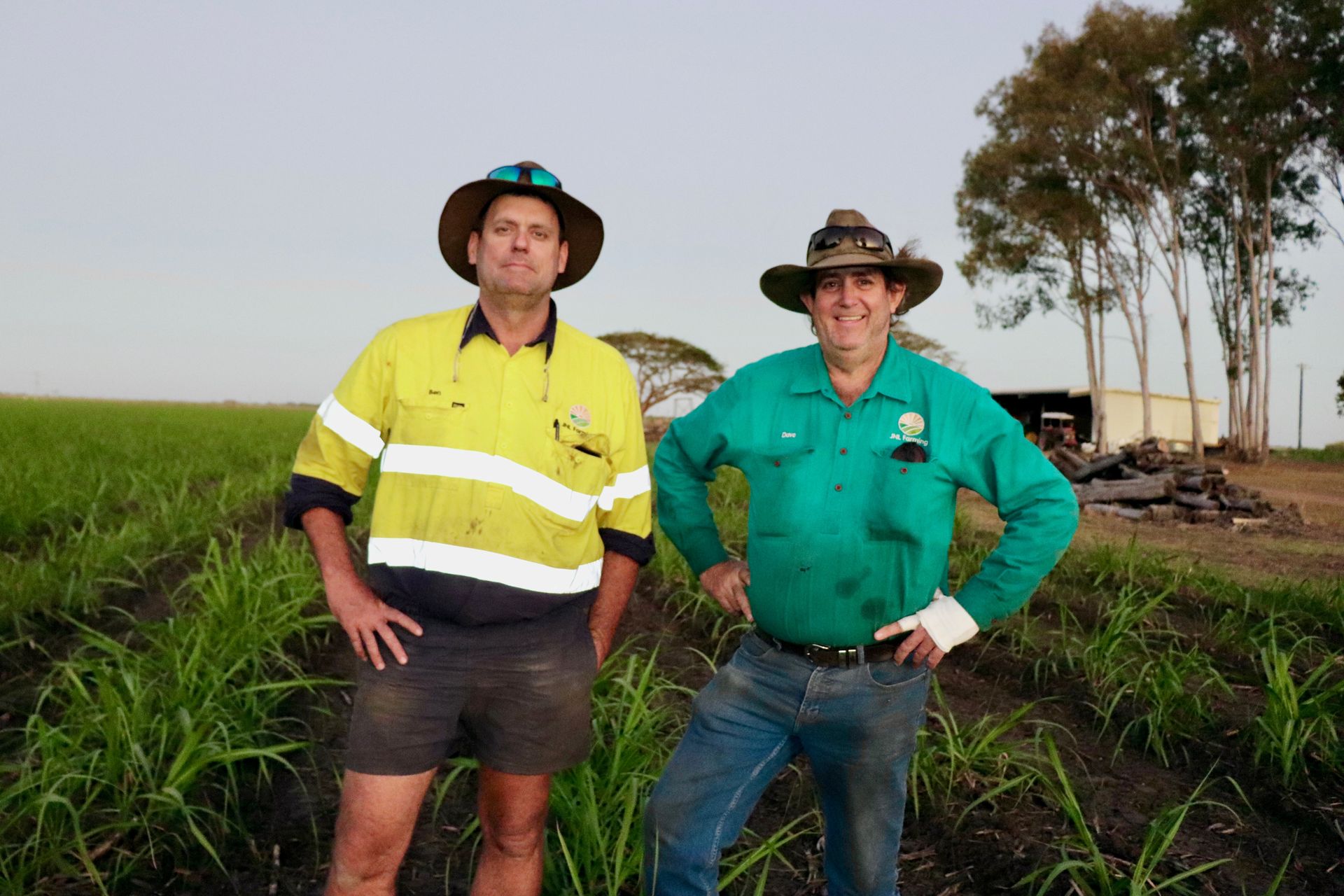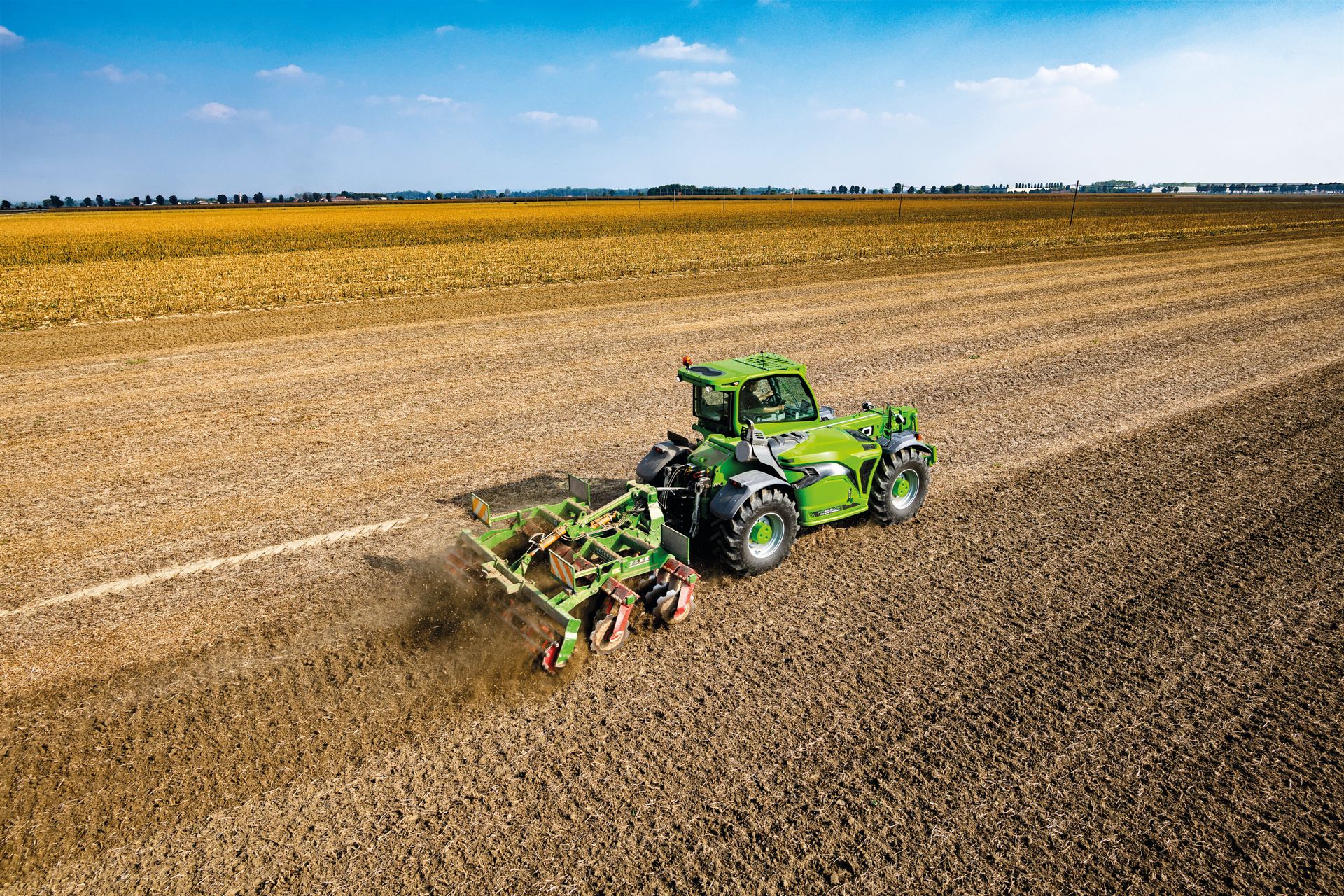R. Quentin Grafton, FASSA, is Professor of Economics, Australian Laureate Fellow, Convenor of the Water Justice Hub, and Director of the Centre for Water Economics, Environment and Policy at the Crawford School of Public Policy at the Australian National University.
Rethinking Australia’s responses to rising heat and water stress
The world is confronting increased heat and water stress that demands, among other responses, much better collective action in how Australia manages its scarce water resources, especially for agriculture.

Accelerated Heating
According to Berkeley Earth’s analysis, the global mean temperature (land and oceans) in 2024 was estimated to have been 1.62 ± 0.06 °C above the average temperature from 1850-1900; the hottest year since modern temperature records began. Because warming is much greater over the land than the sea, the 2024 terrestrial average temperature was estimated to be 2.28 ± 0.12 °C greater than the 1850-1900 average.
According to the World Meteorological Organization (2025), each of the last ten years (2015-2024) were individually the warmest ten years on record. This is primarily a result of rising atmospheric concentrations of carbon dioxide which are at their highest levels in 800,000 years.
Increasing Drought Severity
Higher surface air temperatures have multiple impacts. One of the key consequences on agriculture is a change in drought severity, primarily due to an increase in Atmospheric Evaporative Demand (AED) which increases the rate of plant and soil evaporation, especially in low soil-moisture conditions. Greater evaporative demand also increases the frequency and magnitude of droughts. In some cases, an increase in AED alone is sufficient to cause drought even in the absence of a decline in annual precipitation. Further, a sufficiently high enough AED can decrease photosynthesis and, thus, reduce plant growth (Vicente-Serrano et al. 2025).
Results published in the journal Nature in June 2025 show a global increase in AED. This is worsening hydrological (less water available), agricultural (reduced social moisture) and ecological (lower stream flows) droughts at a planetary scale (Gebrechorkos et al. 2025). The Nature authors found that rising AED has increased drought severity globally by about 40% while the areas in drought in the world were 74% greater over the period 2018-2022, compared to 1981-2017.
The AED findings in Nature are complemented by results from satellite data published in the journal Science (Seo et al. 2025). The Science authors found that over the period 2002 to 2022 terrestrial water storage has declined steeply. Consequently, on average, there has been a 25 mm global decline in soil moisture over the past two decades.
In the absence of effective farmer responses, a combination of heat and water stresses will reduce crop yields and increase food insecurity (Kompas et al. 2024). Climate change may also induce simultaneous global crop failures due to coincident and adverse changes in key global climate oscillations (e.g. El Nino).
Adaptation and Resilience
Australian farmers are responding to heat and water stresses in multiple ways. At a farm scale, responses to heat and water stress include, but are not limited to; changes to when crops are planted and harvested, what crops and cultivars are grown, increased water use efficiency, soil moisture monitoring, and even relocation. Effective adaptation also requires collective action to ensure ssustainable levels of water diversions, well-regulated and compliant water markets, effective monitoring of water diversions, and transparent and independent water audits.
In addition to adapting to climate change (e.g., higher temperatures), there is an increasing need to be resilient to higher frequency and greater magnitude shocks (e.g., severe droughts, greater frequency and magnitude floods). Effective strategies to promote resilience need responses to four key questions. These are, resilience Of What? (farm scale, catchment, cities, etc.)?, To What? (e.g. droughts and floods), For Whom? (farmers, downstream communities, etc.), and Through What? (farmer initiatives, basin-scale management, etc.).
Need for Collective Action and Sustainability
Collective responses to droughts in Australia have, to date, primarily focused on inter-temporal water transfers by expanding water storages (on farm and in large publicly constructed dams). In Australia’s largest and coastal cities, a supply response to the Millennium Drought that ended in 2010, was to build desalination plants as a back-up water supply.
The high costs of transporting water and the costs of constructing and supplying alternative water sources, such as from desalination and air-to-water technologies, are economically unviable for most of Australian agriculture. For many Australian farmers there is no alternative to but to better manage, at both a farm and basin scale, how water is used, for what purpose and by whom.
Beyond farmer actions to droughts and floods, there is a critical need for effective and sustainable basin-scale water planning. The 2012 Murray-Darling Basin Plan has reduced water diversions for irrigation over what they otherwise have been. Nevertheless, the 2012 Basin Plan has failed to adequately manage the trade-offs between allocating water for a sustainable environment and drinking water for communities versus water for irrigation.
The mass fish kills in western New South Wales in 2018-19 during a severe drought, and again in early 2023 when there was no drought, show that the challenge of delivering environmentally sustainable diversions remains unresolved in Australia’s breadbasket, the Murray-Darling Basin. Absent reform in how water is allocated across competing uses and non-uses, climate change will reduce run-off, lower stream flows and lead to further ecological disasters. This is not just only about ecosystem and cultural losses. Without water reallocations that prevent further ecological declines, the social licence of those who have water rights will be compromised and possibly withdrawn.
Australians must move from a ‘hope for the best’ mindset to individually and collectively preparing for and adapting to greater heat stress and water stress. What should get done depends on the place and includes both individual responses and collective action.
A more sustainable and collective pathway about how water is managed and to basin planning requires much more than the standard ‘tick box’ consultations and deliberations. It demands on-going dialogues where all stakeholders, and First Peoples, come together to establish a common understanding of the drivers and pressures in relation to water availability and access. To be effective, such dialogues need to be adequately resourced and to provide sufficient time for participants to reflect and, eventually, to implement actions that promote sustainable rivers, viable communities, and climate-smart agriculture (Grafton 2024).
Increasing heat and water stress means that the ‘hydro-illogical cycle’, whereby water reform only happens when there is a big enough crisis and then converges back to business as usual, is not fit for purpose. While there are no easy responses to climate change, timely adaptation, strategic ‘resilience thinking’ and much better basin and catchment planning and implementation, offer ways forward so that Australians, together, can achieve a sustainable future for all, including farmers.
Cited References
Berkeley Earth (2025) Global Temperature Report for 2024. https://berkeleyearth.org/global-temperature-report-for-2024/
Gebrechorkos, S.H., Sheffield, J., Vicente-Serrano, S.M. et al. Warming accelerates global drought severity. Nature. https://doi.org/10.1038/s41586-025-09047-2
Grafton, R.Q. (2024) Retelling Australia’s Water Story. Monash University Publishing, Melbourne. ISBN 9781922979902
Kompas, T., Che, T,N, Grafton, R.Q. (2024) Global impacts of heat and water stress on food production and severe food insecurity. Scientific Reports 14: 14398 https://doi.org/10.1038/s41598-024-65274-z
Seo, K-W, Ryu, D., Jeon, T. et al. (2025) Abrupt sea level rise and Earth’s gradual pole shift reveal permanent hydrological regime changes in the 21st century. Science 387, 1408-1412. https://www.science.org/doi/10.1126/science.adq6529
Vicente-Serrano, S.M., Domínguez-Castro, F., Beguería, S. et al. (2025) Atmospheric drought indices in future projections. Nature Water 3, 374–387. https://doi.org/10.1038/s44221-025-00416-9
World Meteorological Organization (2025) Global Annual to Decadal Climate Update 2025. https://wmo.int/publication-series/wmo-global-annual-decadal-climate-update-2025-2029
















